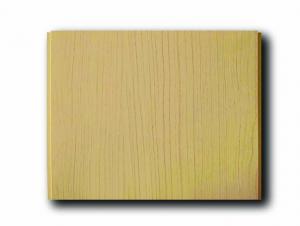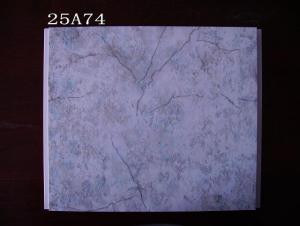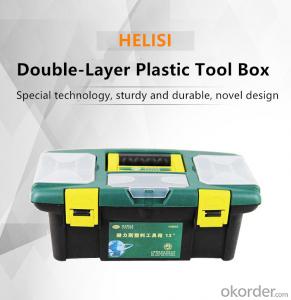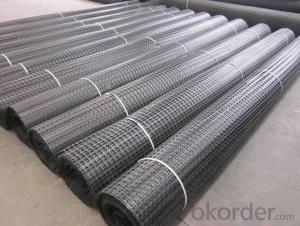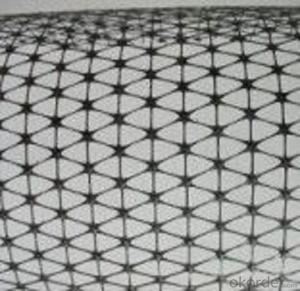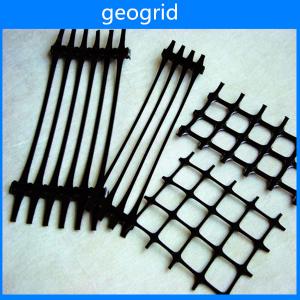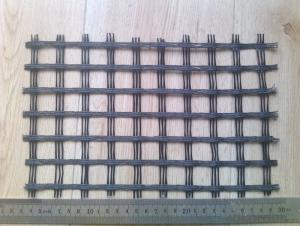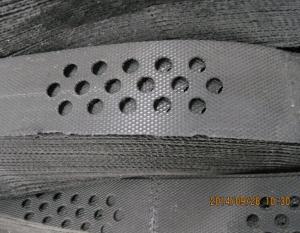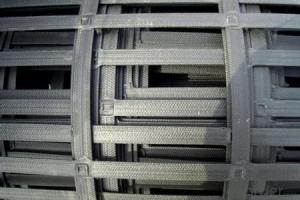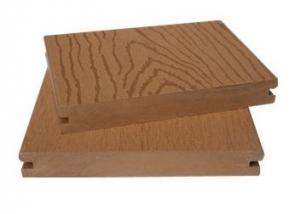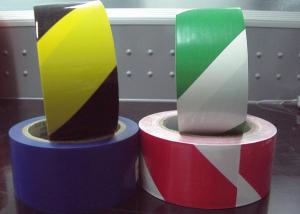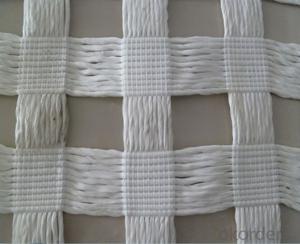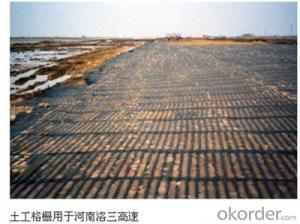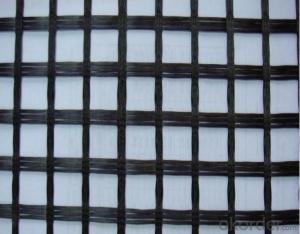Plastic Geogrid
Plastic Geogrid Related Searches
Primer For Galvanized Steel H S Code For Stainless Steel Wd 40 For Stainless Steel Spray Paint For Stainless Steel Drill Bits For Stainless Steel Sponge For Stainless Steel Caulking For Stainless Steel Steel Vessels For Kitchen Best Solar Inverter For Home Led Table Lamps For HomeHot Searches
Steel Mesh Panels For Sale Price For Stainless Steel Scrap Scrap Price For Stainless Steel Cheap High Tea Sets For Sale Stainless Steel Tanks For Sale High Density Fiberboard For Sale Solar Hot Water Collectors For Sale Scaffolding For Sale In Uae Scaffolding For Sale In Ireland Scaffolding For Sale In Houston Type Of Inverter For Solar Price Of Shipping Containers For Sale Stock Price For Aluminum Used Solar Inverter For Sale Portable Led Signs For Sale Stone Hot Water Bottles For Sale Large Led Screens For Sale Used Aluminum Scaffolding For Sale 1/4 Aluminum Plate For Sale Pvc Chairs For SalePlastic Geogrid Supplier & Manufacturer from China
Okorder.com is a professional Plastic Geogrid supplier & manufacturer, offers integrated one-stop services including real-time quoting and online cargo tracking. We are funded by CNBM Group, a Fortune 500 enterprise and the largest Plastic Geogrid firm in China.Hot Products
FAQ
- The environmental impacts of using geogrids can vary depending on factors such as the type of material used, manufacturing processes, and disposal methods. However, some potential impacts include the extraction of raw materials, energy consumption during manufacturing, and the generation of waste and emissions. It is important to consider these factors and ensure proper management and disposal practices to minimize the environmental impacts of using geogrids.
- Geogrids enhance the performance of geosynthetic clay liner capillary barriers by providing additional reinforcement and stability to the liner. They help distribute loads more evenly, increase tensile strength, and reduce the potential for deformation or failure of the liner system. Additionally, geogrids assist in controlling lateral movement and prevent the loss of clay particles, ensuring better long-term performance and effectiveness of the capillary barrier.
- The factors that influence the design and selection of geogrids for reinforcement include the type and properties of the soil, the load and traffic conditions, the desired level of reinforcement, the project lifespan, the installation and construction method, and the environmental conditions.
- Yes, geogrids can be used in erosion control on slopes and hillsides. Geogrids are designed to reinforce and stabilize soil, preventing erosion and improving slope stability. They are commonly used in various erosion control applications, including on slopes and hillsides, to enhance the structural integrity of the soil and reduce the risk of erosion.
- There are several factors that can impact the installation and survivability of geogrids in harsh environments. Firstly, the quality and strength of the geogrid material itself play a significant role. Geogrids made from durable and high-quality materials are more likely to withstand harsh conditions. Secondly, the installation technique is crucial, as improper installation can lead to geogrids being damaged or dislodged. The type and condition of the subgrade also affect the geogrid's survivability, as a stable and well-prepared subgrade provides a solid foundation for the geogrids. Additionally, environmental factors such as extreme temperatures, moisture levels, and chemical exposure can impact the long-term performance and durability of geogrids in harsh environments.
- nan
- (2) 0.3m thick medium (coarse) sand, artificial with mechanical leveling, 25T vibratory roller static pressure two times.
- Yes, geogrids can be used in erosion control on riverbanks. Geogrids are effective in stabilizing soil and preventing erosion by providing reinforcement and support to the soil structure. They can be installed on riverbanks to prevent soil erosion, improve slope stability, and protect against water currents, making them a suitable solution for erosion control on riverbanks.
- Yes, geogrids can be used in slope stabilization for railway embankments with high water table conditions. Geogrids are commonly used in such scenarios to reinforce the soil and prevent slope failure. They can improve the stability of the embankment by increasing the bearing capacity and reducing water infiltration, thus mitigating the adverse effects of high water table conditions.





